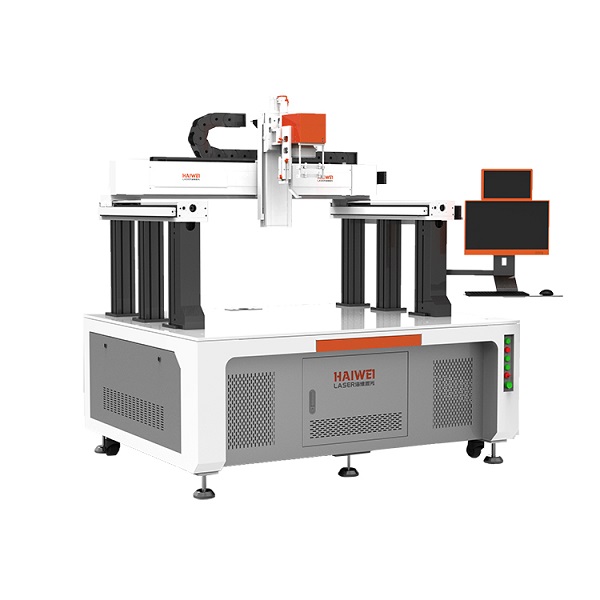Laser Welding Machines: How They Support Energy Saving and Reduced Consumption
When evaluating industrial welding systems, energy use is an important factor for both operational cost and sustainability. Modern laser welding machines offer meaningful advantages in energy efficiency compared to traditional methods, making them a practical choice for manufacturers looking to reduce power consumption and material waste.

Efficient Energy Conversion
Fiber laser sources used in most laser welding machines today convert 30% to 35% of input electrical power into laser light. While this may seem modest, it is significantly higher than older technologies like CO₂ lasers. More importantly, the laser beam delivers energy directly to the weld zone with minimal dispersion, reducing wasted heat and lowering the total energy needed per weld.
Reduced Heat Input, Less Post-Processing
Laser welding produces a narrow weld bead with a small heat-affected zone. This means less thermal distortion in the workpiece, which often eliminates or reduces the need for post-weld straightening, grinding, or rework. By minimizing these secondary processes, the overall energy and labor costs are reduced.
High Speed and Process Stability
Laser welding is fast. Shorter cycle times mean the machine draws power for less time per part. Combined with automation, this leads to consistent output with lower energy per unit. Stable processes also reduce scrap rates—fewer rejected parts mean less wasted material and rework energy.
Smart Features for Lower Consumption
Many laser welding machines include power-saving modes, adaptive control, and real-time monitoring. These features adjust laser output based on actual needs and shut down non-essential systems during idle periods, further supporting energy saving.
In real-world production, laser welding machines contribute to energy reduction not just through lower power draw, but by improving the entire welding workflow. For buyers, focusing on total system efficiency—not just laser power—helps achieve real energy-saving benefits.
Recent Posts
- What are the advantages of laser welding machines in lithium battery pack production lines?
- What issues should be noted when choosing a lithium battery pack production line?
- Quality Inspection and Control of Lithium Battery Module Pack Production Line
- Cell grouping and sorting process in lithium battery module pack production line
- What are the safety hazards of lithium battery pack production lines and how can they be prevented?
INQUIRY

